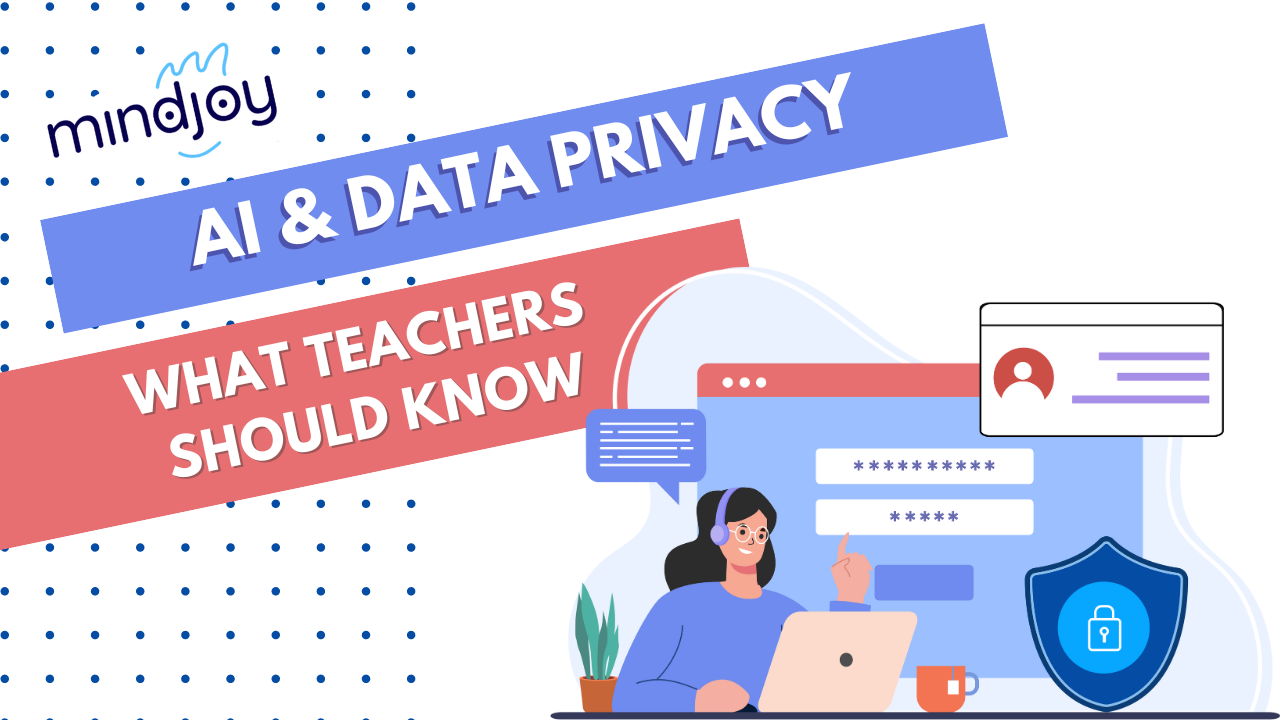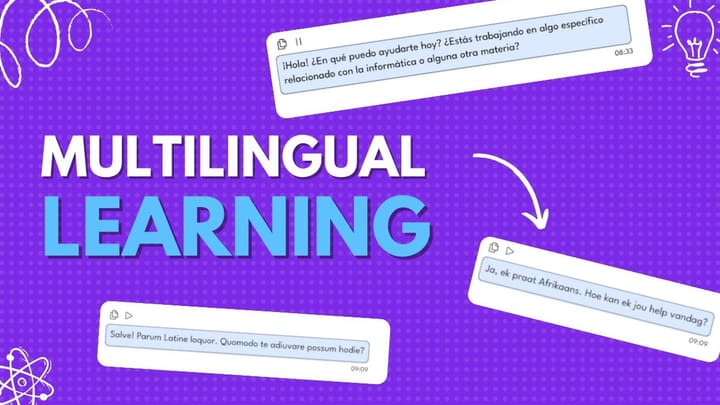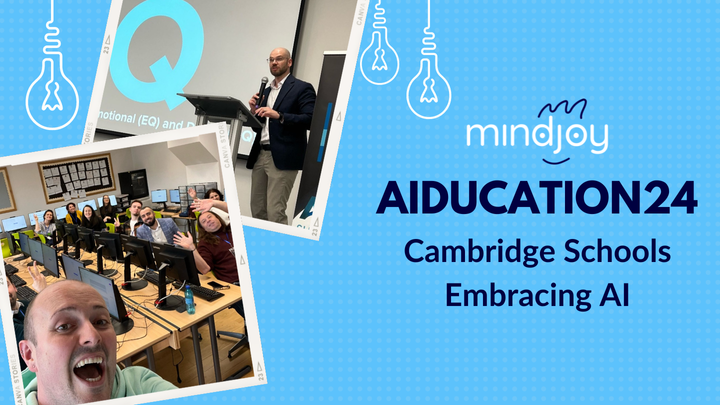AI & data security: what teachers should know
Integrating tech like AI into the classroom requires a responsible approach that prioritizes learner privacy. Here's what teachers should be aware of...

At the end of last year, social media was abuzz with thousands of AI-generated selfies. All you had to do was upload a few snaps of your face onto Lensa (a low-cost AI image editing app) and it would generate multiple iterations of you as a cowboy, comic book character or maybe a creature from a far away planet. Cool, right? 👇

What many users didn’t realise was, Lensa was using every submitted image to train their AI. They did warn us, to be fair - the app's privacy policy and terms of use state that the photos you submit can be used to train their neural network further. In a similar vein, when OpenAI first released ChatGPT, they didn’t have the option to turn off chat history and all conversations users were having with the chatbot were being used to train their models. If more people had read the fine print, would it have changed how popular ChatGPT and Lensa have been?
In my opinion, probably not.
Since events like Facebook’s data privacy scandal, most people are familiar with the fact that “free” does indeed come with a hidden price. During our AI Hackathons with young learners, we consistently asked students about their concerns regarding AI, and invariably, the topic of data privacy would always arise. Even learners as young as 9 could tell us about how apps “learn what you talk about and then target you for ads”. Still, how many of us spend time reading the privacy policy when downloading a new app?
Integrating AI into the classroom: dealing with concerns
We've all heard the adage, "there's no such thing as a free lunch," and technology is no different. Most of us understand that the trade-off of low-cost technology is data mining. Understandably, this is part of why schools are particular about what technologies they bring into their classrooms. However, learners as young as 8 are already using AI-powered apps like Instagram, TikTok, and Snapchat outside of the classroom.
Protecting students’ data is imperative, and we have a responsibility to empower our students with the knowledge to use tech safely and ethically. Banning certain technologies outright (like AI) is not truly in learners’ best interest, because this tech is already an integral part of their lives and the modern work environment. By fostering a culture of curiosity and educating students on responsible AI usage, we can create a safe and effective learning environment that empowers learners to succeed.
Educating learners on data privacy
AI has the potential to revolutionise the classroom by providing personalised learning experiences, supporting project-based learning, and helping to solve Bloom's 2 Sigma problem (how to help all students in a class perform as well as the top performers by providing personalised instruction - of course, it's really hard for teachers to do that, given the average classroom size).
However, as we’ve already seen with Lensa and ChatGPT, data privacy is an important consideration. When integrating AI into the classroom, it must be done responsibly and with care for learner privacy. As educators, it's our responsibility to choose our classroom technologies with rigor, while also empowering our students to make informed decisions about the technologies they use. One way to do this is by providing learners with the knowledge they need to evaluate privacy policies.
What to look out for in a privacy policy:
- Pay attention to the type of information the website collects, including what you voluntarily give (like your name or birthday) and what they track electronically (like cookies).
- Figure out what information is optional versus what you must provide to use the service.
- Find out who your information is shared with, including any affiliates, and be more cautious if you're sharing a lot of info (apps with a lot of third parties should have a more comprehensive privacy policy - beware if it seems too short or ambiguous)
- Know how your information will be used, whether it's for advertising, marketing, or selling to third parties.
- Check how long the service will keep your information and your rights to have it deleted.
- Look at when the privacy policy was last updated.
App Permissions
In addition to understanding privacy policies, it's crucial for educators and learners to be aware of the various techniques used to track and collect data, such as cookies. Cookies are small files stored on a user's device that track their online activities, including preferences and interactions. While cookies can enhance user experience, they can also be used for targeted advertising and data mining purposes. To protect one's data, it's advisable to regularly clear cookies or use private browsing modes that restrict the collection of personal information.
Learners should also be cautious about granting unnecessary permissions to apps, such as access to location data or contacts unless it's absolutely required for the intended functionality. By being vigilant about cookies, tracking, and app permissions, educators and learners can take proactive steps towards safeguarding their data and maintaining their privacy in the digital age.
Educating learners on how to use AI responsibly
Another way to ensure responsible AI usage is by fine-tuning AI platforms specifically for educational environments. Platforms designed with educators and learners in mind can provide safe and engaging experiences that help learners develop critical thinking and problem-solving skills.
We can also promote responsible AI usage by encouraging learners to work with their own AI projects. By giving learners the opportunity to experiment with AI, we can help them develop a deeper understanding of how the technology works and how it can be used for good. We’ve seen firsthand how creating an open dialogue about AI and its ethical implications can help learners become more aware of the potential risks and benefits of using AI.
To sum it up
Integrating tech like AI into the classroom requires a responsible approach that prioritizes learner privacy. Educators play a crucial role in educating students about data privacy and should encourage critical evaluation of privacy policies, promote awareness of tracking techniques, and support students in learning how to use this technology responsibly.
If you’re interested in integrating AI into your classroom to transform your lessons, personalise your students’ learning, reduce your admin and support 21st-century skills acquisition in your learners, join our waiting list here. We have built robust tools and projects to teach your learners how to use AI responsibly.



